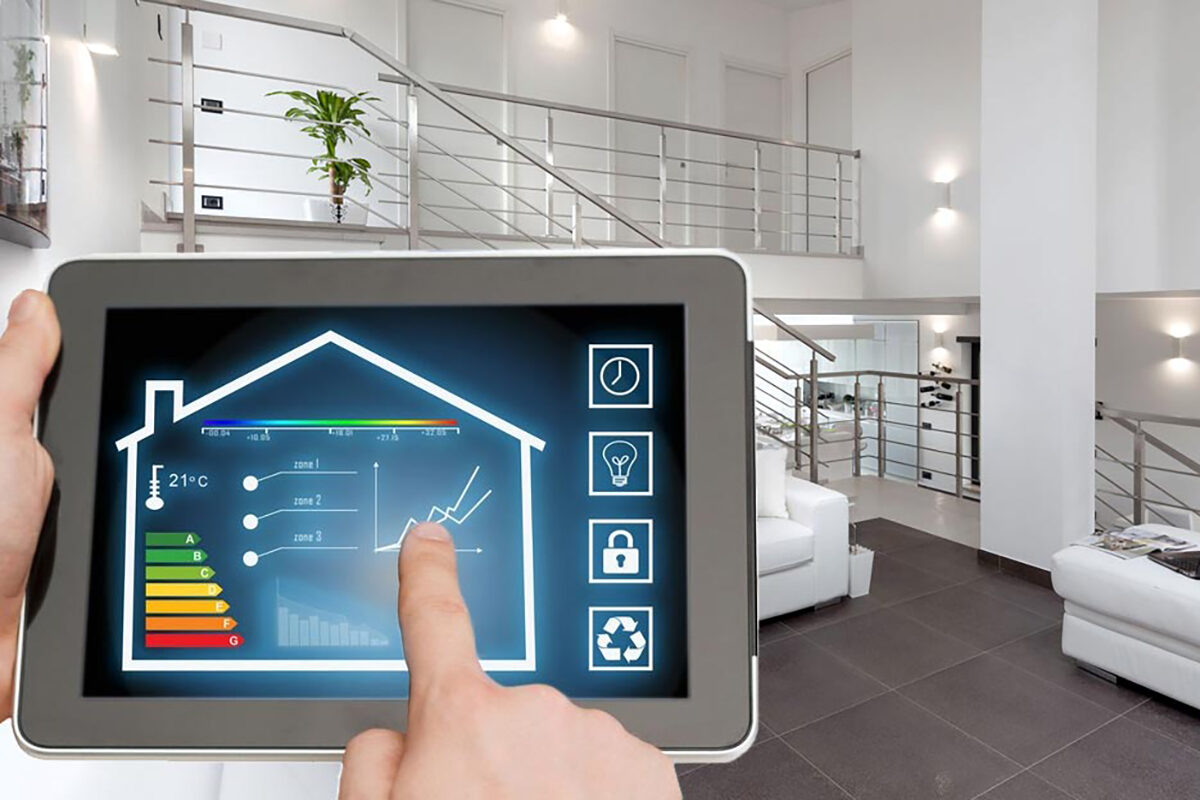With an aging population and a growing demand for remote patient monitoring solutions, smart home technologies are revolutionizing how healthcare is delivered. By integrating medical devices, sensors, and software into the home environment, smart homes allow patients to live independently and receive medical care outside of clinical settings. This emerging approach, known as smart home healthcare, has the potential to vastly improve quality of life for vulnerable groups while reducing healthcare costs.
Remote Monitoring Technologies
One key aspect of Smart Home Healthcare is remote patient monitoring through connected medical devices. Sensors can be embedded in items like medication dispensers, blood pressure cuffs, glucose monitors, and scales to automatically track patient vitals and medication adherence. This data is transmitted securely to healthcare providers and caregivers for real-time oversight of health status and symptomatic changes. Remote monitoring allows minor issues to be identified and addressed early before requiring an expensive hospital visit. It also eases caregiver burdens by automating parts of the care process.
Some remote monitoring technologies that have been integrated into smart home setups include:
– Fall detection sensors that automatically alert emergency contacts if a patient has a fall in their home. Wearable sensors or floor mats can pinpoint locations.
– Medication dispensers programmed with dosing schedules that send notifications if medications are missed. Sensors track when dispensers are opened.
– Wireless scales that transmit weight changes to clinical teams to spot potential health deteriorations like fluid buildup.
– Motion sensors that track activity levels and identify lifestyle patterns to optimize care plans. Lack of motion could signal health issues.
– Sleep monitors that analyze sleep patterns through connected watches or beds to prevent fatigue-related health risks.
Assistive Technologies
Besides remote patient monitoring, Smart Home Healthcare integrate assistive technologies to support independent living for those with disabilities or chronic conditions. Automated features help compensate for physical limitations and reduce reliance on caregivers for basic tasks. Popular assistive technologies include:
– Smart locks and doorbell cameras that allow remote access for caregivers while maintaining patient privacy and security in their home. Video intercom systems provide virtual visits.
– Voice assistants like Amazon Alexa or Google Home that respond to voice commands for tasks like adjusting lights/thermostats, making phone calls or searching information.
– Smart appliances with voice command capabilities for tasks like operating microwaves, adjusting thermostat schedules and switching on coffee makers.
– Hands-free faucets, lighting and toilet systems controlled through motion sensors or assistants vs physical interaction requiring mobility.
– Alert systems integrated with phones that activate emergency calls at the push of a button in case of falls or other incidents. Location-tracking can guide first responders.
– Automated medication dispensing cabinets that track prescriptions and remind patients of proper dosages according to schedules without manual intervention.
Overall Home Automation
Beyond just medical and assistive applications, smart home platforms incorporate a range of connected devices and automated functions to facilitate independent living. Features like these enhance quality of life:
– Smart thermostats help regulate home temperatures automatically according to occupancy sensors or a preset schedule. This reduces heating/cooling costs and risk of extreme indoor conditions.
– Motion-activated smart lights switch on only when needed, avoiding unnecessary energy usage. Lighting can also simulate occupancy through programmed schedules when homes are unoccupied.
– Smart locks, cameras and security systems keep patients safe through remote monitoring capabilities. Automated arming/disarming adds convenience.
– Connected entertainment devices like smart TVs can be controlled through voice assistants, providing virtual companionship and activity engagement.
– Smart window blinds, curtains and shades offer light/darkness control throughout homes without physical adjustment. Timers align with natural circadian rhythms.
– Automated home maintenance features like connected water leak detectors and smart irrigation systems reduce risks of hazards developing unattended. Alarms notify of issues.
*Note:
1. Source: Coherent Market Insights, Public sources, Desk research
2. We have leveraged AI tools to mine information and compile it




